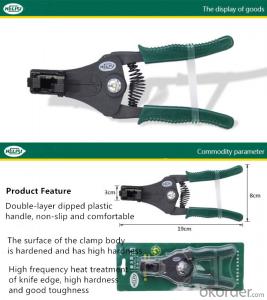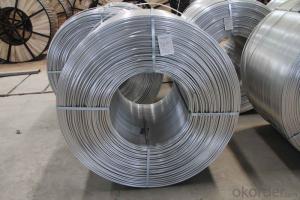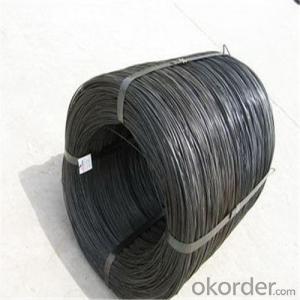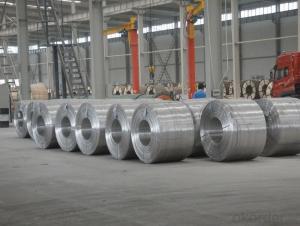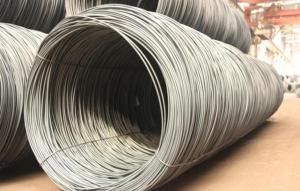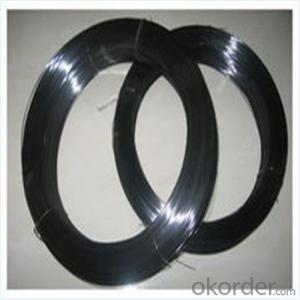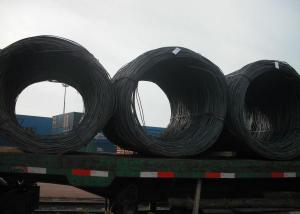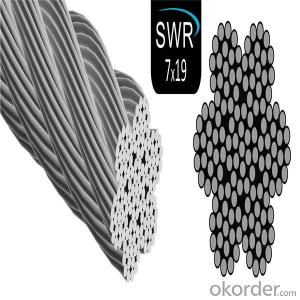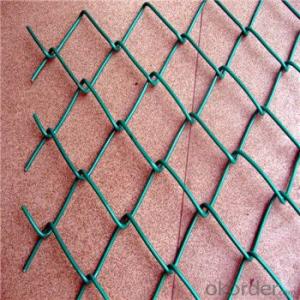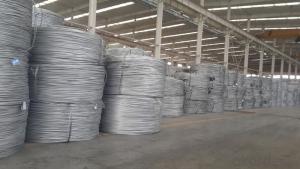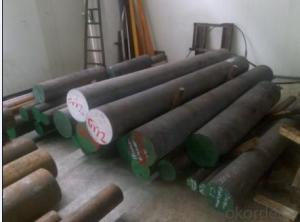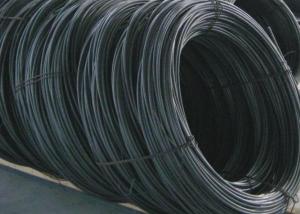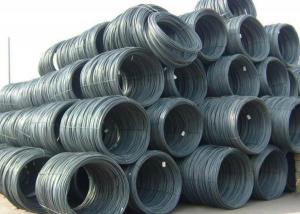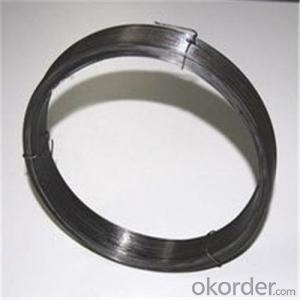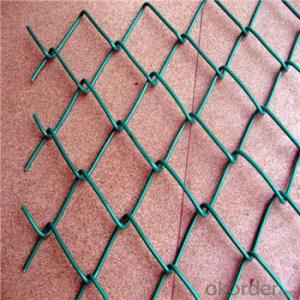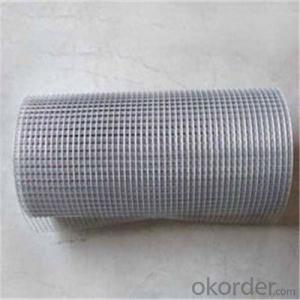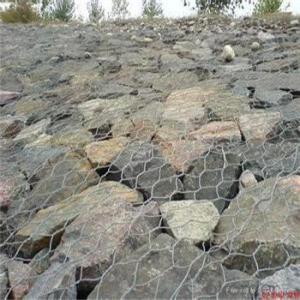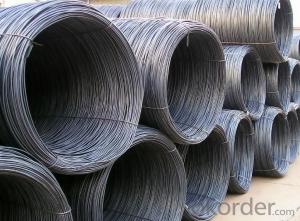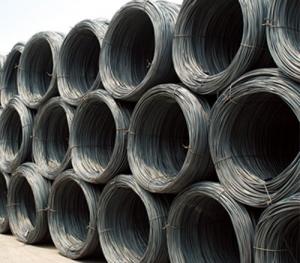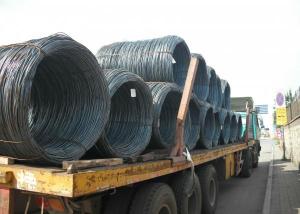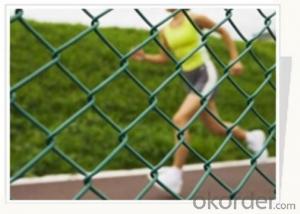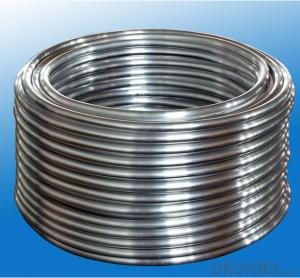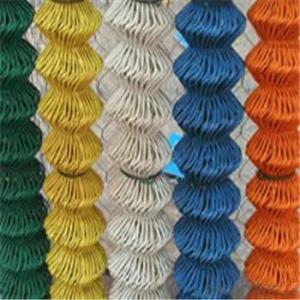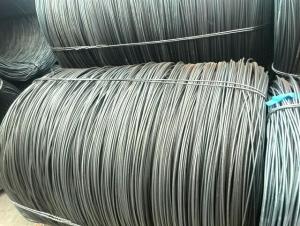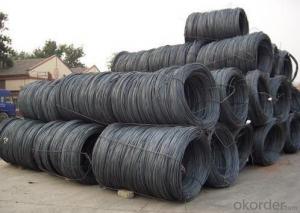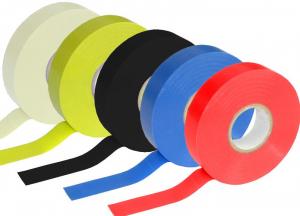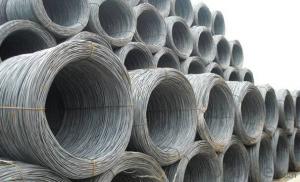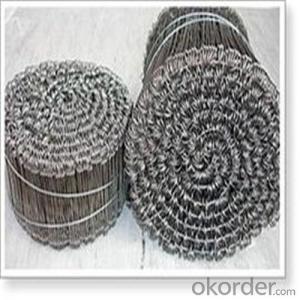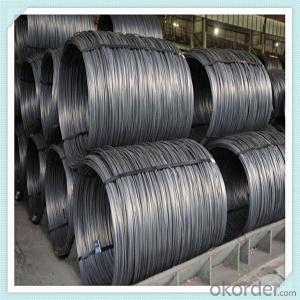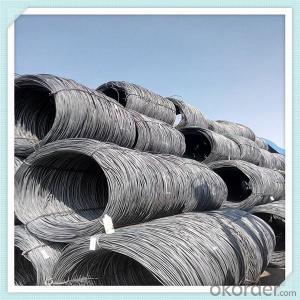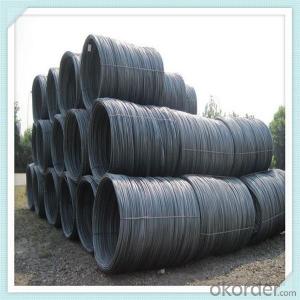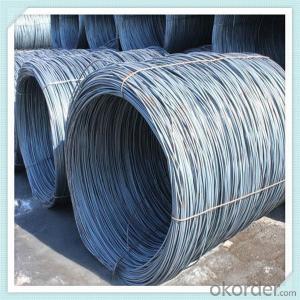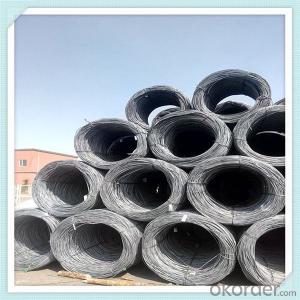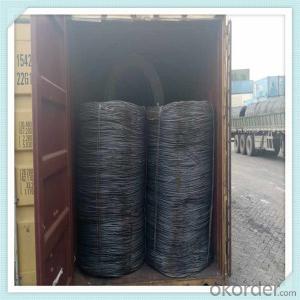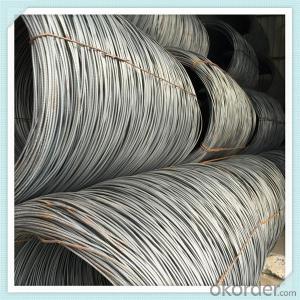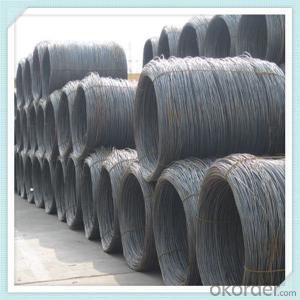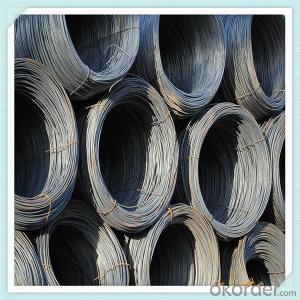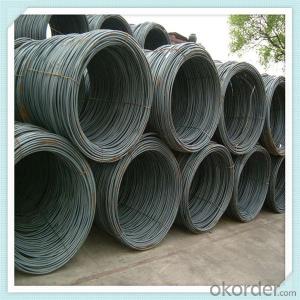Chq Wire Rod
Chq Wire Rod Related Searches
Spotlights On Wire Track Chq Wire Rod Blasting Wire Self Book Binding Redi RodHot Searches
Iphone Data Cable Price In India China Cutting Aluminum Plate Upvc Roofing Sheet Manufacturer In India Aluminum Wire Price Scaffolding Manufacturer In Mumbai 3 Awg Wire Price Cost Of Electrical Wire Per Foot 100 Amp Cable Price Aluminium Wire Mesh Manufacturers India Brass Cable Glands Price List Wholesale Cutting Aluminum Plate Data Cable Price Flipkart Otg Cable Price Flipkart Home Depot Electrical Wire Prices Watch The Wire Online Season 4 Clothes Washing Machine Sales Curd Maker Machine Buy Online Frozen Yogurt Machine Cost Buy Machine Screws Watch The Wire Free OnlineChq Wire Rod Supplier & Manufacturer from China
Okorder.com is a professional Chq Wire Rod supplier & manufacturer, offers integrated one-stop services including real-time quoting and online cargo tracking. We are funded by CNBM Group, a Fortune 500 enterprise and the largest Chq Wire Rod firm in China.Hot Products
FAQ
- There are several different types of steel wire rod finishes that can improve adhesion in rubber products. Some common finishes include brass-coated, zinc-coated, and copper-coated finishes. These finishes create a protective layer on the steel wire surface, enhancing the bond between the rubber and the wire rod. Additionally, some finishes may also include a lubricant or adhesive promoter to further improve adhesion.
- There are several international specifications for steel wire rod, including the ASTM (American Society for Testing and Materials) standards, the EN (European Norm) standards, and the JIS (Japanese Industrial Standards) standards. These specifications outline the requirements for various properties of steel wire rod, such as its chemical composition, mechanical properties, and dimensions. They ensure that steel wire rod produced and used globally meets specific quality and performance standards.
- Steel wire rod can be drawn using several types of wire drawing dies. These dies vary in their composition and characteristics. Here are the different types commonly used: 1. Single crystal natural diamond dies: These dies, made from a single crystal diamond, are renowned for their exceptional hardness and resistance to wear. They are suitable for drawing both high carbon steel wire rod and stainless steel wire rod. 2. Polycrystalline diamond (PCD) dies: PCD dies are crafted by bonding multiple small diamond crystals together. They offer good wear resistance and can be used for drawing steel wire rod with intermediate carbon content. 3. Tungsten carbide dies: Utilizing tungsten carbide, a tough and durable material, these dies are often employed for wire drawing. They can handle high carbon steel wire rod and are capable of withstanding high pressures and temperatures. 4. Natural diamond dies with carbide support: These dies possess a core made of natural diamond, providing excellent wear resistance, while a carbide support structure adds strength and stability. They are suitable for drawing steel wire rod with high carbon content. 5. PCD dies with carbide support: Similar to the previous type, these dies have a PCD core and a carbide support structure. They offer good wear resistance and are suitable for steel wire rod with intermediate carbon content. 6. Polycrystalline diamond composite (PDC) dies: PDC dies are manufactured by sintering diamond particles with a binder material. They are well-known for their high wear resistance and are commonly used for drawing steel wire rod with low to medium carbon content. Each type of wire drawing die possesses unique advantages and is suitable for specific applications, depending on the carbon content and other properties of the steel wire rod being drawn.
- There are several main factors that influence the choice of steel wire rod storage conditions. These factors include the type and quality of the steel wire rod, the intended use or application of the rod, environmental conditions, and safety considerations. Firstly, the type and quality of the steel wire rod play a significant role in determining the storage conditions. Different types of steel wire rods may have specific requirements for temperature, humidity, and exposure to elements. For instance, corrosion-resistant steel wire rods may require controlled humidity levels to prevent rusting, while high carbon steel wire rods may require specific temperature conditions to maintain their mechanical properties. The intended use or application of the steel wire rod is another crucial factor. Some wire rods may be used in sensitive industries such as aerospace or automotive, where strict storage conditions are necessary to maintain the desired properties of the rod. On the other hand, if the wire rod is intended for general use or non-critical applications, the storage conditions may be more flexible. Environmental conditions also impact the choice of storage conditions. Factors such as temperature, humidity, and exposure to sunlight can affect the quality and durability of steel wire rods. For example, extreme heat or cold can cause expansion or contraction, potentially leading to deformation or breakage. Similarly, high humidity levels can promote corrosion, while excessive exposure to sunlight can lead to discoloration or degradation of the rod. Lastly, safety considerations are vital when determining the storage conditions for steel wire rods. Some wire rods may be hazardous or flammable, requiring special storage arrangements to ensure the safety of personnel and the surrounding environment. Additionally, proper handling and storage practices, such as securing the rods to prevent accidental falls or collisions, should be considered to avoid damage or injury. In conclusion, the main factors influencing the choice of steel wire rod storage conditions include the type and quality of the rod, its intended use, environmental conditions, and safety considerations. By taking these factors into account, one can ensure the optimal storage conditions for steel wire rods, thereby preserving their quality and ensuring their suitability for the intended applications.
- Steel wire rod is used in the production of wire shelves as it serves as the primary raw material for manufacturing the wire mesh grids that form the shelves' structure. The steel wire rod is processed and shaped into the desired dimensions and then welded or woven together to create the sturdy and durable wire shelves.
- There are several different surface lubrication methods for steel wire rod. 1. Phosphate Coating: This method involves applying a phosphate coating to the surface of the wire rod. The phosphate coating helps to reduce friction and improve the lubrication properties of the wire rod. 2. Hot Dipping: In this method, the wire rod is immersed in a hot lubricating oil or grease. The heat helps to melt the lubricant, allowing it to adhere to the surface of the wire rod. This provides a thin film of lubricant to reduce friction during processing. 3. Dry Lubrication: Dry lubrication methods involve applying a dry lubricant, such as a powder or solid film, to the surface of the wire rod. The dry lubricant forms a thin coating that reduces friction and provides lubrication during processing. 4. Polymer Coating: Polymer coatings can be applied to the surface of the wire rod to improve lubrication. These coatings can be in the form of a liquid that is sprayed onto the wire rod or a solid film that is heat-bonded to the surface. 5. Oil Coating: This method involves applying a thin layer of oil to the surface of the wire rod. The oil reduces friction and provides lubrication during processing. 6. Drawing Compounds: Drawing compounds are often used during the wire drawing process to lubricate the wire rod. These compounds are applied to the surface of the wire rod and help to reduce friction and improve the drawing performance. Overall, these different surface lubrication methods can help to reduce friction, improve surface finish, and enhance the processing performance of steel wire rod. The choice of lubrication method depends on factors such as the type of wire rod, the processing requirements, and the desired performance characteristics.
- Some common surface defects that can affect the magnetic properties of steel wire rod include surface roughness, scale formation, decarburization, and surface contamination. These defects can disrupt the magnetic domain alignment and reduce the overall magnetic strength of the wire rod.
- There are several types of steel wire rod surface cleaning methods after wire drawing, including mechanical cleaning methods such as shot blasting, wire brushing, and sanding. Chemical cleaning methods like pickling and acid washing can also be used. Additionally, thermal cleaning methods like annealing and heat treatment can help remove impurities and improve the surface quality of the steel wire rod.
